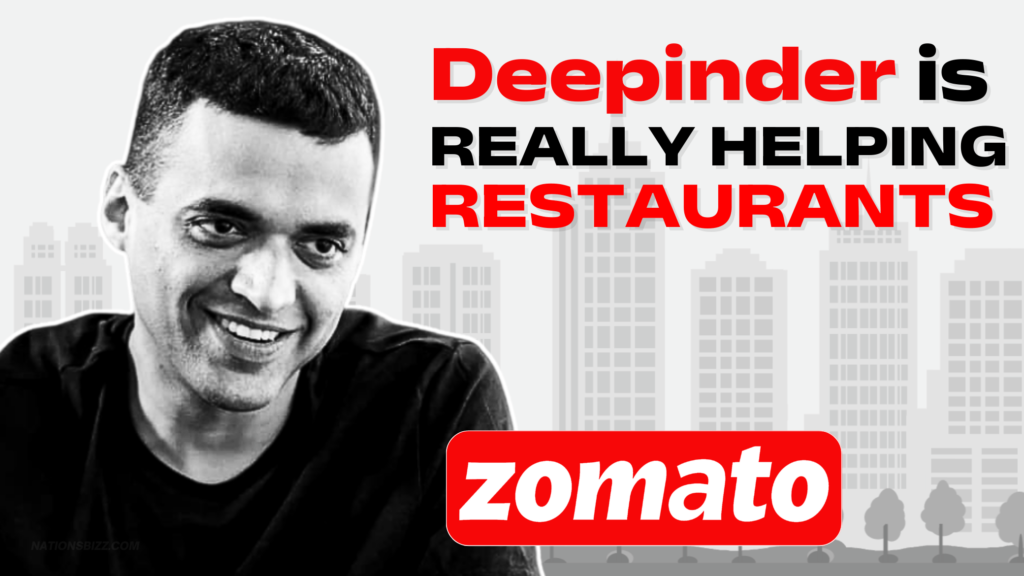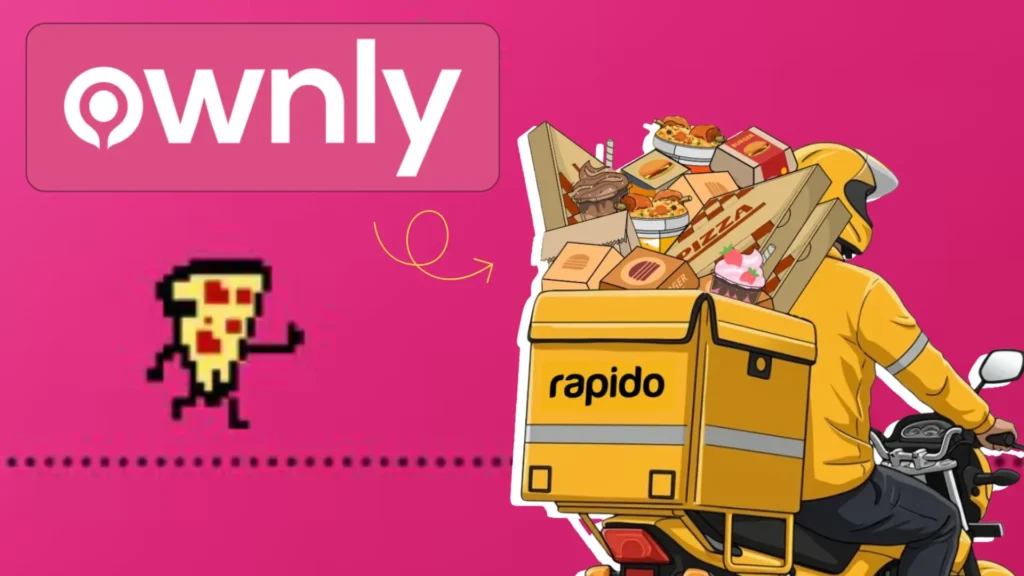In the digital age, the way people experience food has undergone a profound transformation. Technology has revolutionized everything, from discovering local eateries to enjoying meals delivered right to the doorstep. Food platforms, particularly those food-tech solutions, have become integral to urban lifestyles. Among these, Zomato stands out as one of the most significant players, reshaping how individuals interact with the food and hospitality industry. Zomato has evolved from a simple online restaurant guide to a global food-tech giant, and its effect on food delivery, zomato is helping in restaurants discovery, and the overall dining experience cannot be overstated.
A Brief History
Zomato’s journey began in 2008 when Deepinder Goyal and Pankaj Chaddah, two former Bain & Co. consultants, launched an online platform called “Foodie bay.” The initial idea behind Foodie bay was simple: create an online directory that allowed users to browse menus, read reviews, and find local restaurant information. It was an immediate success in the Indian market, as people found a convenient way to make dining decisions based on comprehensive information.
However, as the internet became more ingrained in daily life, the founders saw the potential for growth beyond restaurant listings. In 2010, Foodie bay rebranded to Zomato, a name designed to have a broader global appeal. The change marked the beginning of a new era for the company, transitioning from a directory service to an integrated food-tech platform. Zomato didn’t just stop at restaurant discovery; it expanded its offerings, adding food delivery, table reservations, and even grocery delivery at one point. Over the years, the company has continuously adapted, diversifying its services to become a one-stop-shop for food lovers, positioning itself as a comprehensive food-tech company that serves millions of users across the world.
Core Services and Features
Zomato’s success lies in its ability to offer a diverse range of services that cater to every aspect of the food industry. Let’s explore some of its core features:
Restaurant Discovery
At its core, Zomato’s restaurant discovery service allows users to explore an extensive database of eateries. Whether someone is looking for the best local café, a fine dining restaurant, or a quick snack joint, Zomato provides detailed information about these establishments. Users can read reviews, see ratings, check out menus, and even view photos of dishes, helping them make informed decisions. This service serves as a valuable tool for both locals and tourists who want to explore new dining options or make the most of their dining experiences.
In addition to restaurant discovery, Zomato provides users with personalized recommendations based on their tastes and previous dining habits. The app uses advanced algo to suggest places that match a user’s preferences, making the discovery process even easier. With options to filter search results based on location, cuisine, price, and other factors, users can find exactly what they’re looking for, whether they’re in the mood for a quick bite or a fancy dinner.
Business Model and Revenue Streams
Zomato operates on a diversified business model, generating revenue from multiple sources. The company’s various streams of income help it remain resilient in a competitive industry:
- Advertising: A significant portion of Zomato’s revenue comes from advertising. Restaurants pay for featured listings, advertisements, and promotional content on the platform. This allows eateries to increase their visibility and attract more customers, making it an attractive proposition for restaurants looking to boost their business.
- Subscription Services: Zomato offers subscription programs such as Zomato Pro, which gives members exclusive benefits like discounts, free delivery, and special offers at participating restaurants. This membership model enhances customer loyalty while generating recurring revenue.
- Delivery Commissions: Zomato charges restaurants a commission on each food delivery order. This fee structure enables the platform to generate significant revenue, particularly from high-volume orders. Zomato has managed to scale its delivery operations rapidly, forming partnerships with thousands of restaurants across various countries.
- B2B Services: Zomato also offers data and cloud kitchen solutions for restaurants. These B2B (business to business) services help eateries streamline their operations, improve customer insights, and reduce overhead costs. Zomato’s restaurant management tools and solutions are a valuable resource for restaurants looking to improve their efficiency and profitability.
Competitive Landscape
The food delivery and restaurant discovery space is highly competitive, with players like Swiggy, Uber Eats, and Door Dash all vying for market share. Zomato faces significant competition, especially in key markets like India, where Swiggy dominates the food delivery landscape. However, Zomato has distinguished itself with a unique value proposition, combining restaurant discovery, food delivery, and table reservations into one cohesive platform.
Challenges and Criticisms
Despite its success, Zomato has faced several challenges and criticisms over the years.
- Profitability: Achieving consistent profitability remains a significant challenge. Like many tech companies, Zomato has struggled with balancing its high operational costs with its revenue generation. However, the company has been exploring new strategies and diversifying its business model to improve its financial performance.
- Labor Issues: Zomato’s delivery personnel, known as “Zomato delivery partners,” have at times protested against issues such as low wages, working conditions, and lack of benefits. These labor-related challenges have sparked debate about gig economy models and the treatment of workers in the food delivery sector.
- Data Privacy: As a platform handling large amounts of customer data, Zomato faces concerns related to data security and privacy. The company has taken steps to enhance its security measures, but privacy concerns continue to be a critical issue in the digital space.
Innovations and Future Prospects
Zomato remains committed to creation. The company is increasingly using artificial intelligence (AI) and Machine learning (ML) technologies to provide more personalized recommendations to users. These technologies help the platform learn user preferences and offer tailored suggestions, making the food discovery process more intuitive.
Zomato is also focused on sustain ability. With the growing environmental consciousness among consumers, the company has taken steps to reduce its carbon footprint by promoting eco-friendly packaging solutions and working with restaurants to reduce food waste. Zomato’s initiatives in these areas show that it is not only focused on growth but also on creating a sustainable future for the food-tech industry.
Navigating the Future of Food Tech
Zomato has undeniably transformed the way people discover restaurants and enjoy food delivery services. With its continuous development and commitment to creation, it has cemented its position as a leader in the global food-tech space. However, to maintain its success in the long run, Zomato will need to navigate challenges such as achieving profitability, managing labor relations, and addressing privacy concerns.
By adapting to market demands, embracing new technologies, and keeping sustain ability at the forefront, Zomato is well-positioned to shape the future of food tech, making it an essential part of the global food ecosystem for years to come.



















